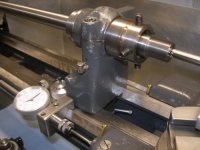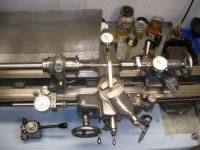geo.ulrich
Active member
No...using the steady-rest is not inferior: http://youtu.be/R7CZaBO8jNA
Greg they won't get it and yes I use a steady rest and indicate both ends lets see if that can be figured out...see ya in may George
Last edited:



